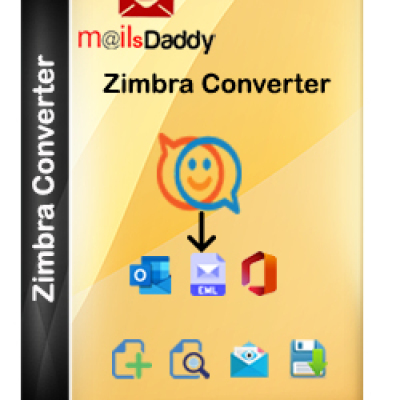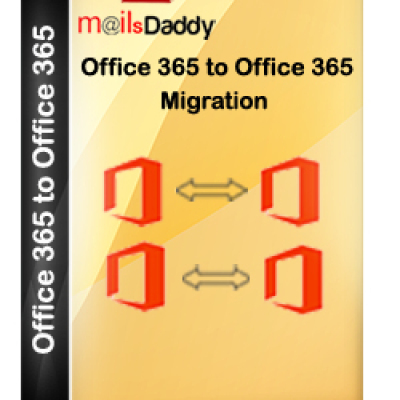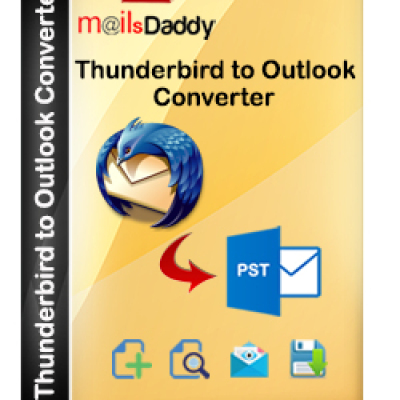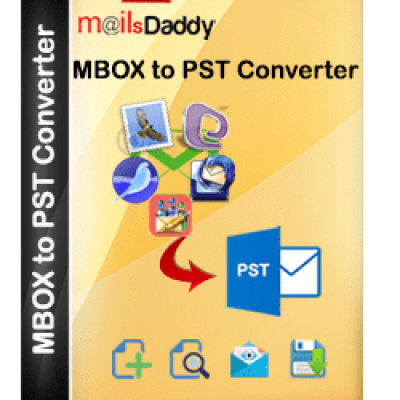Absolutely, KML is such a useful standard for sharing geospatial data. Let's review how it facilitates integrating drone imagery into GIS:
KML (Keyhole Markup Language) is an open XML format used to display geographic data in applications like Google Earth, Google Maps, and ArcGIS. Some key benefits of the KML standard for drone mapping include:
- Portability - KML files can be shared across GIS programs, web maps, mobile apps and more. This makes drone data widely accessible.
- Layer control - You can organize drone imagery, 3D models and other mapped assets into interactive layers and sublayers that users can toggle on/off.
- Symbology - KML allows customized rendering of raster images, 3D models and other objets with varying colors, textures, levels of detail and more. Detailed styling improves visual analysis.
- Links to source assets - Instead of hosting large files internally, KML uses linking so that when a placemark or ImageOverlay is clicked in the map, it launches the original source imagery or model file.
- Metadata inclusion - Attributes about each asset like acquisition date, camera details, processing notes can be embedded in KML for future reference.
Major players like DroneDeploy and Pix4D auto-generate KML/KMZ deliverables from drone projects. You can then ingest these into any GIS that supports the format, like ArcGIS, QGIS or Google Earth. Does this help explain how simply yet robustly KML facilitates drone mapping workflows? Let me know if any part needs more explanation!
Fire
Thought
Post









